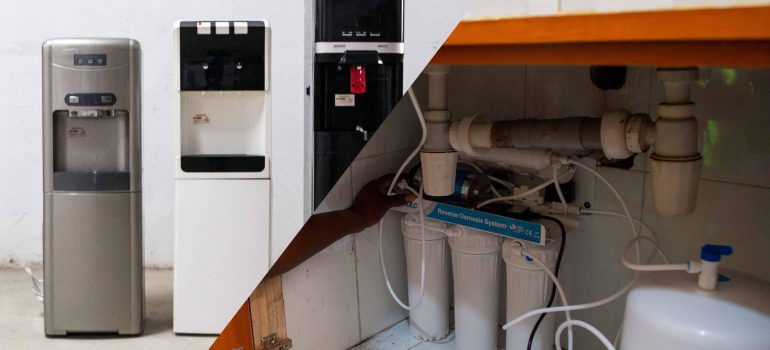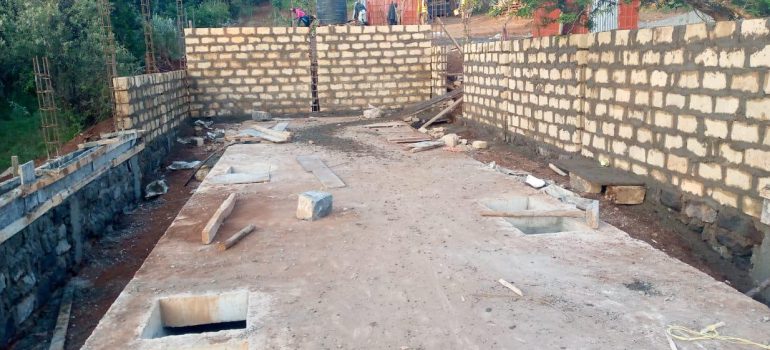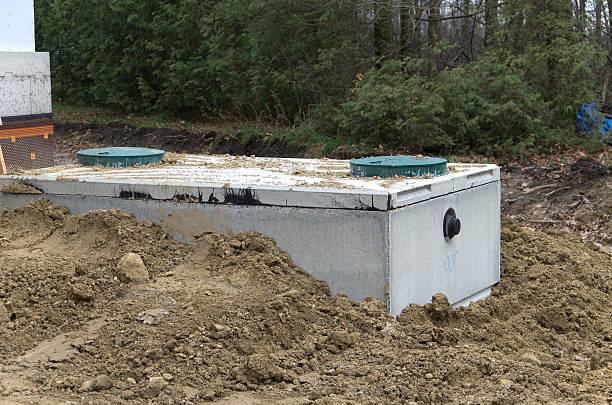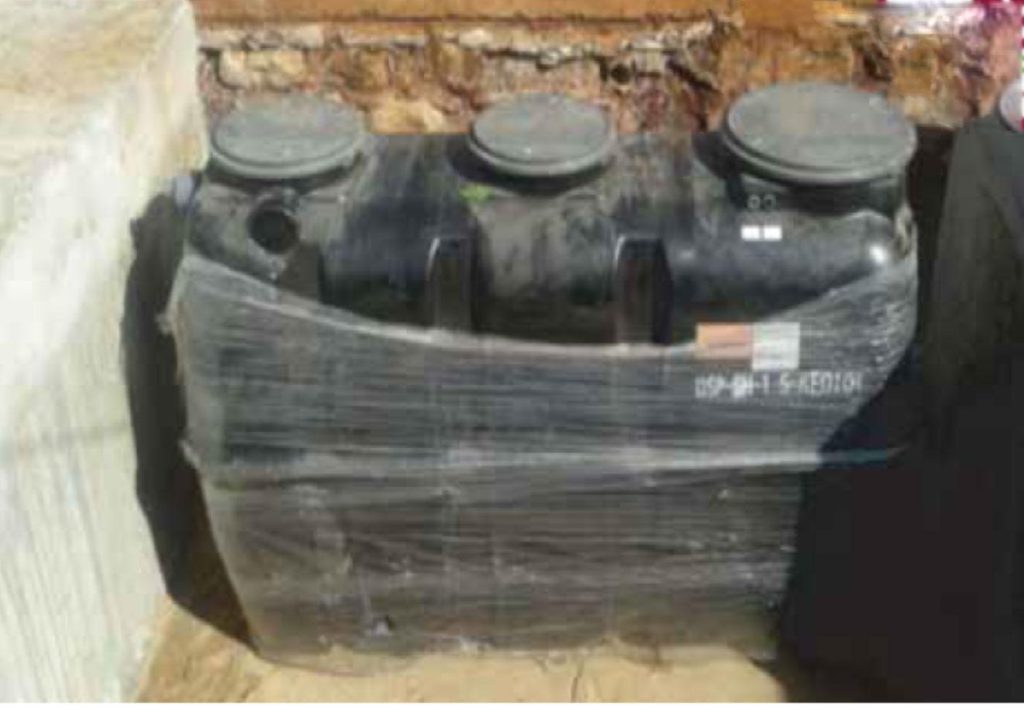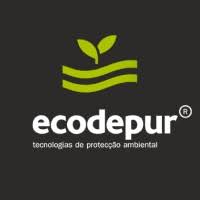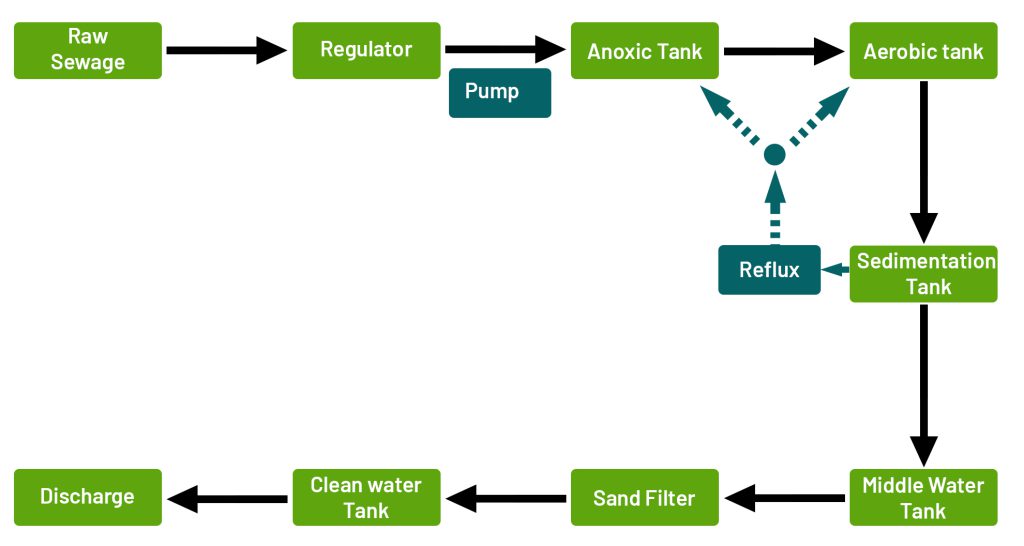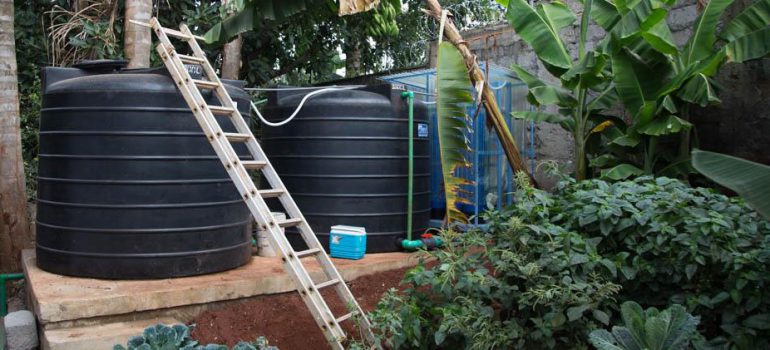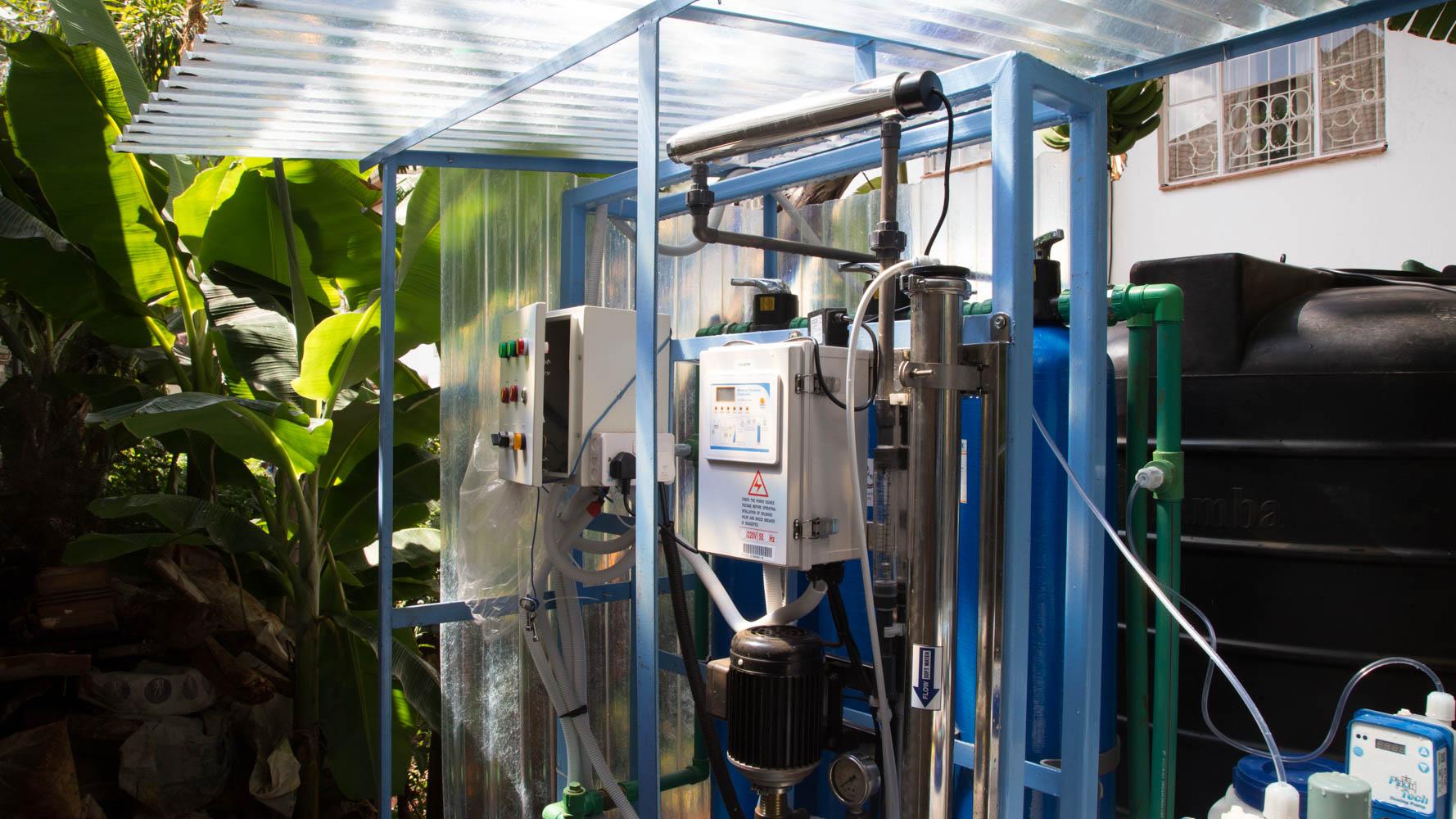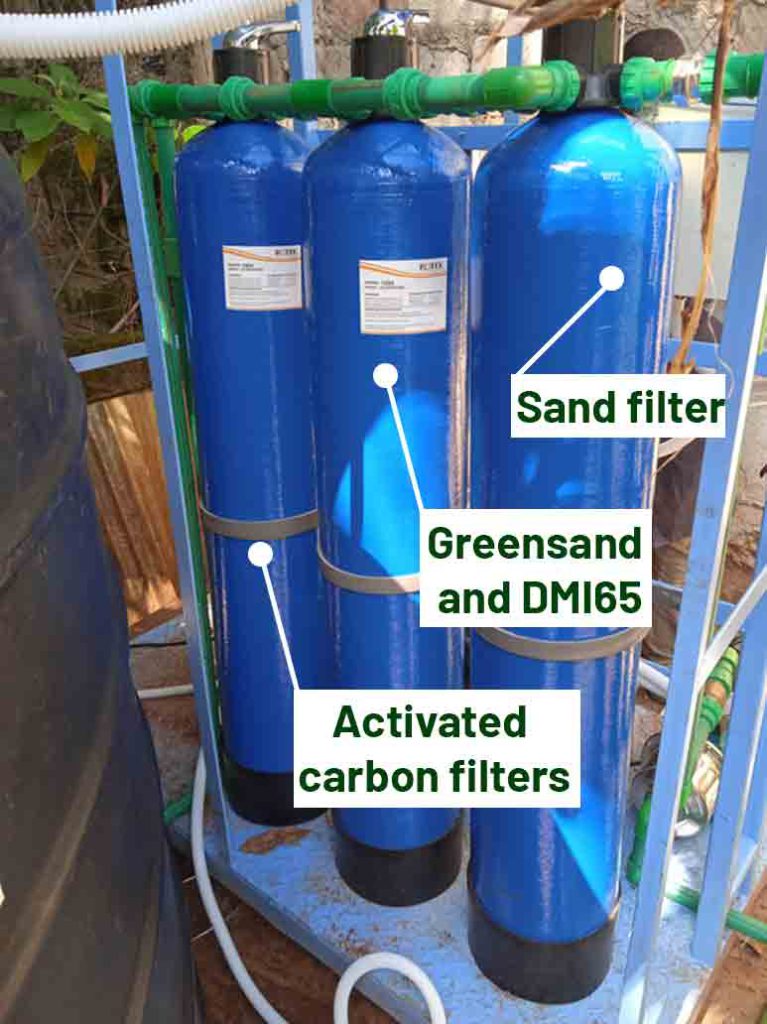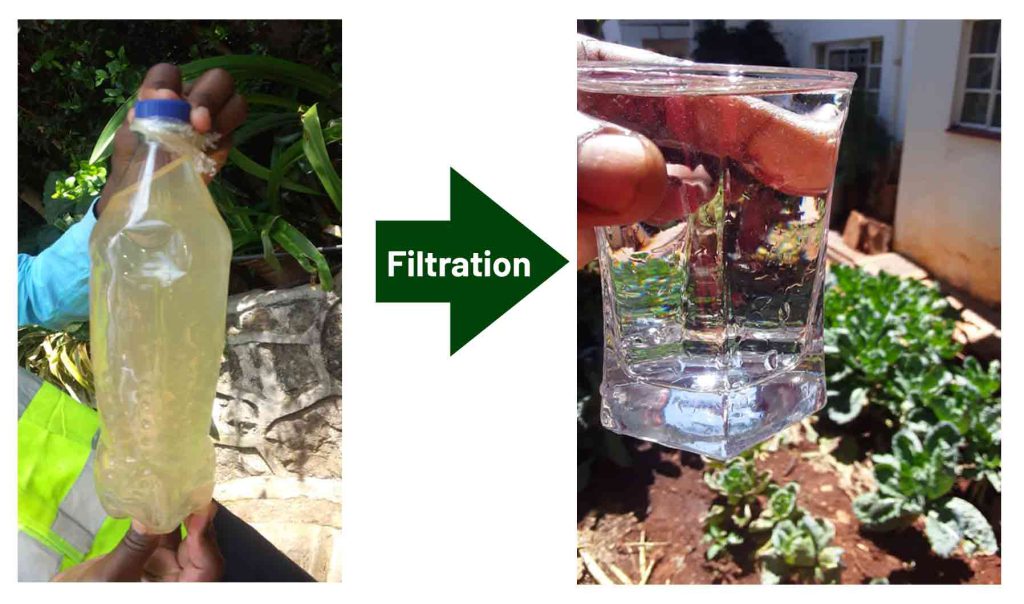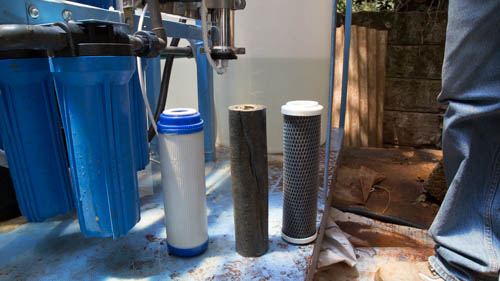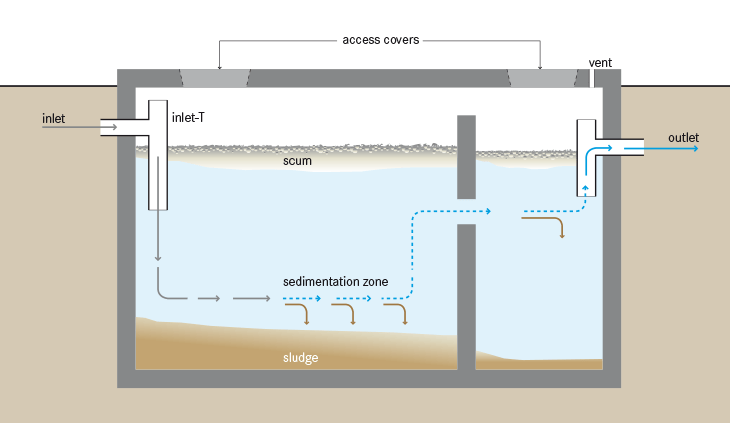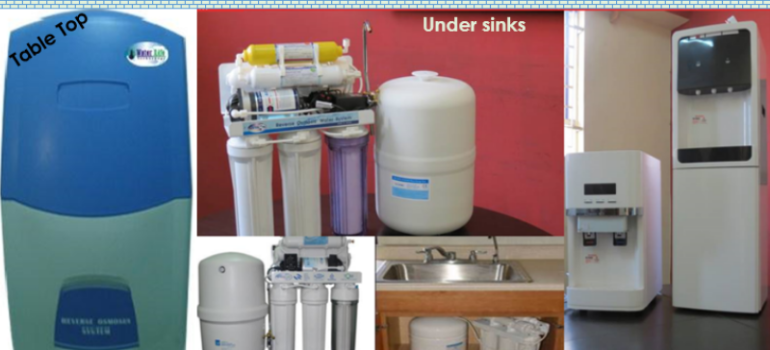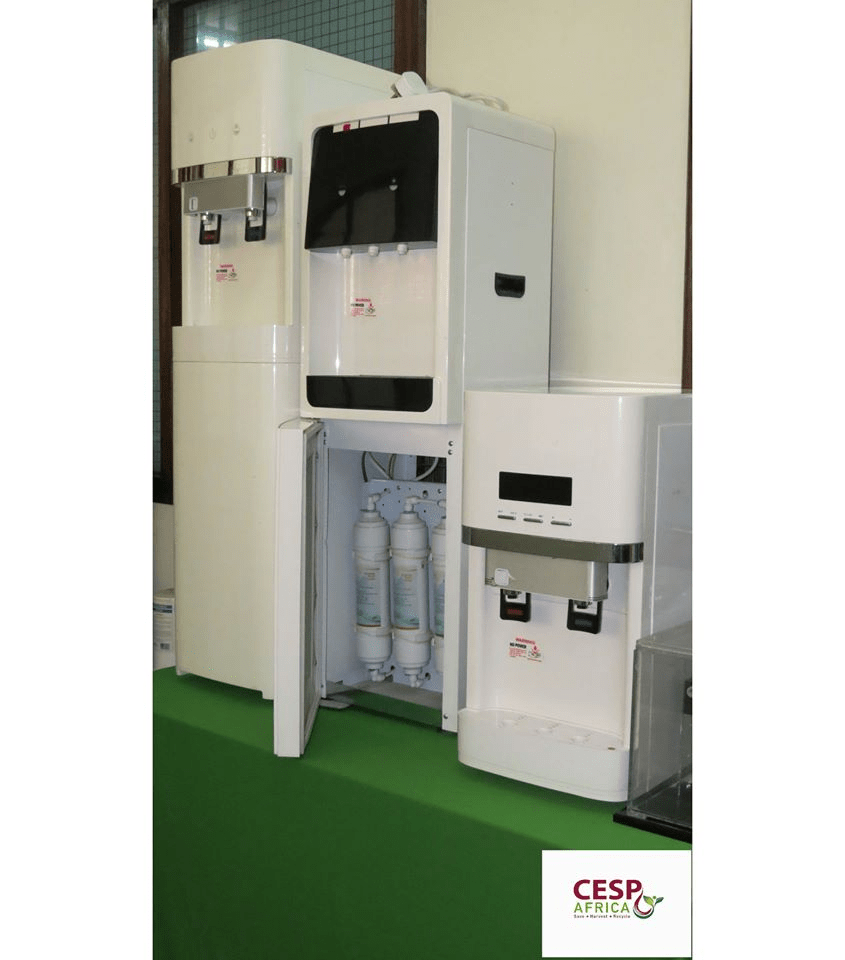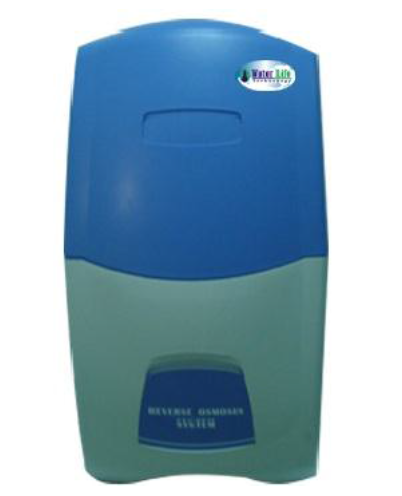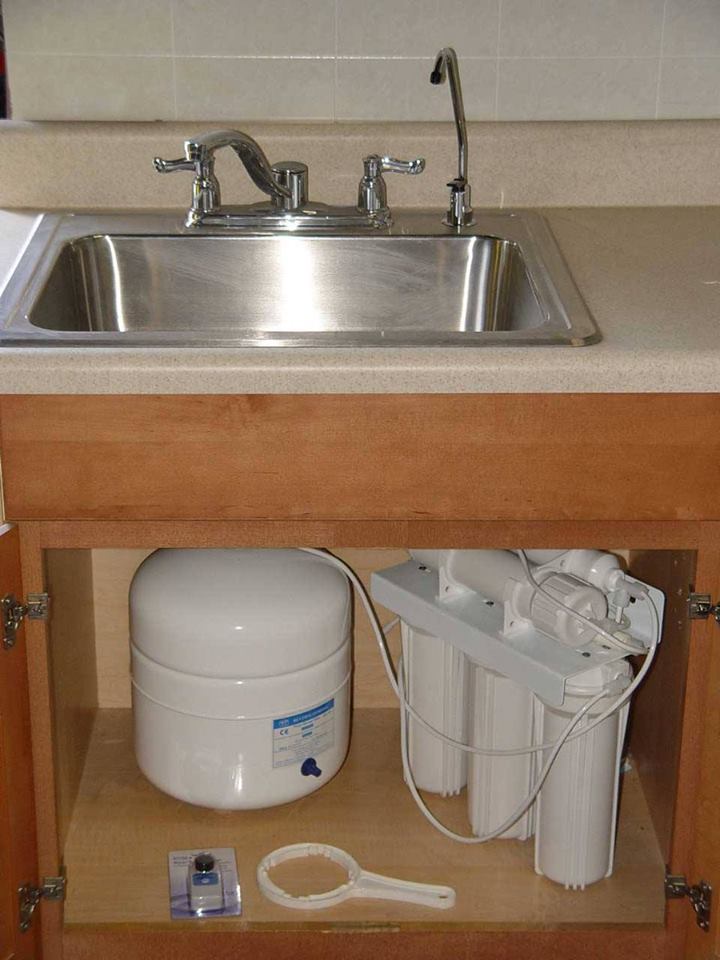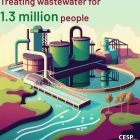Don’t Waste, Save: Practical Tips to Cut Back on Water Usage in the Home During the Holidays
Introduction
It’s the holiday season, and that means gatherings with friends and family, plenty of delicious food, and festive cheer. But it also means increased water usage in your home.
Between cooking, washing dishes, and showering, your water bill is likely to be a good bit higher this month. But don’t worry, we’ve got you covered. Below are some practical tips to help you cut back on water usage in your home during the holidays.
Simple Swaps to Reduce Water Usage
Think about it: the holidays are a time when we all tend to use more water than usual. Whether it’s running the dishwasher or washing extra laundry, the surge in water usage can really add up.
But there are simple ways to reduce your water usage without making a big fuss. One easy swap is to think about how you’re using your water. For instance, instead of letting the faucet run while you brush your teeth, turn it off while you’re sudsing up. And instead of taking long showers, try to keep them under 10 minutes.
You can also conserve water by making small changes to your daily routine. For example, try watering your plants and garden in the morning or evening instead of during the heat of the day. And make sure to only run the dishwasher and washing machine when they’re full.
Making a few small changes can add up to big savings on your water bill—and help conserve this valuable resource for years to come.
Install Water-Saving Fixtures
You can also install water-saving fixtures in your home, such as low-flow showerheads and faucet aerators. This can help you reduce your water usage by almost 50%.
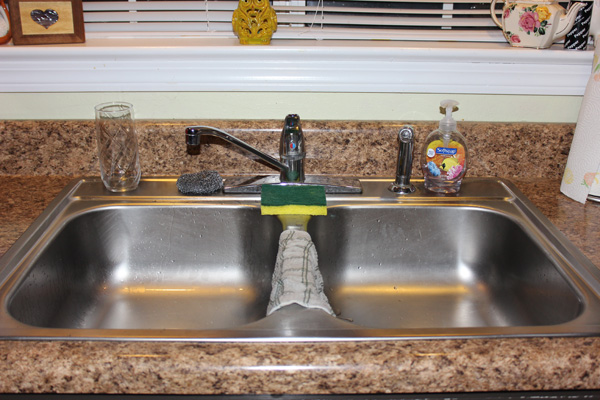
Reuse Greywater
One thing you can do to reduce your water usage is to reuse greywater. Greywater is the water that comes from your laundry, shower and bathroom sinks. Instead of sending this water down the drain, you can use it to water your plants or flush your toilet.
To do this, you’ll need a greywater system. This system will divert the greywater from your home to a holding tank or treatment system. There are a number of different greywater systems available, so you can find one that fits your needs and budget.
If you’re not sure if a greywater system is right for you, contact us to get to know what water conservation system is best for you.
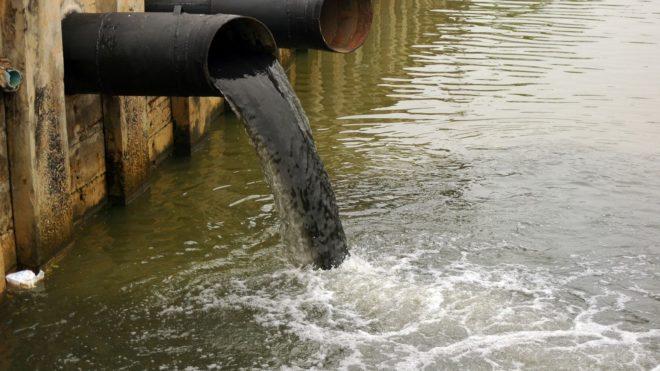
Recycle Rainwater for Outdoor Watering
One way you can save water is by recycling rainwater for outdoor watering. You can do this by collecting rainwater in a rain water tank placed beneath your home’s gutter downspout. Most rain water tanks have a spigot near the bottom so you can attach a pipe and direct the water to where you want it to go.
Not only does this save water, but it also saves money on your water bill. And it’s good for the environment too because you’re not using treated water from the municipal supply.
Install a Smart Irrigation System
If you have a garden, chances are you water it regularly. And while this is great for your plants, it’s not so great for your water bill. One way to cut back on water usage is to install a smart irrigation system.
Smart irrigation systems are designed to water your garden only when it needs it, which means you’re not wasting water (or money) on watering when it’s not necessary.
There are a few different types of smart irrigation systems, but the most common use sensors to determine when watering is needed. Some newer systems even connect to weather forecasts and will adjust watering accordingly.
Installing a smart irrigation system is a great way to save water and money, and it’s something you can do this holiday season to help make your home more sustainable.
Weekly Maintenance Tips for Water Conservation
Here are some practical tips to help you prevent water waste in your home during the holiday season:
– Check all toilets for leaks and have them repaired promptly. A small leak can waste hundreds of liters of water per day.
– Inspect faucets and pipes regularly for leaks and have them repaired as soon as possible.
– Install low-flow showerheads and faucet aerators. This will help you save water without sacrificing performance.
– Use your dishwasher and clothes washer only when they are full. This will save water and energy.
– Collect rainwater in a rain water tanks to water your plants. This is a great way to recycle water that would otherwise be wasted.
– Educate your family and friends about the importance of water conservation. The more people that are aware of the issue, the more we can all do to help solve it.
Conclusion
You may not be able to control the weather, but with a few simple tips, you can conserve water while still enjoying your holiday season. We hope these tips help you cut down on your water usage and save you some money in the process!


